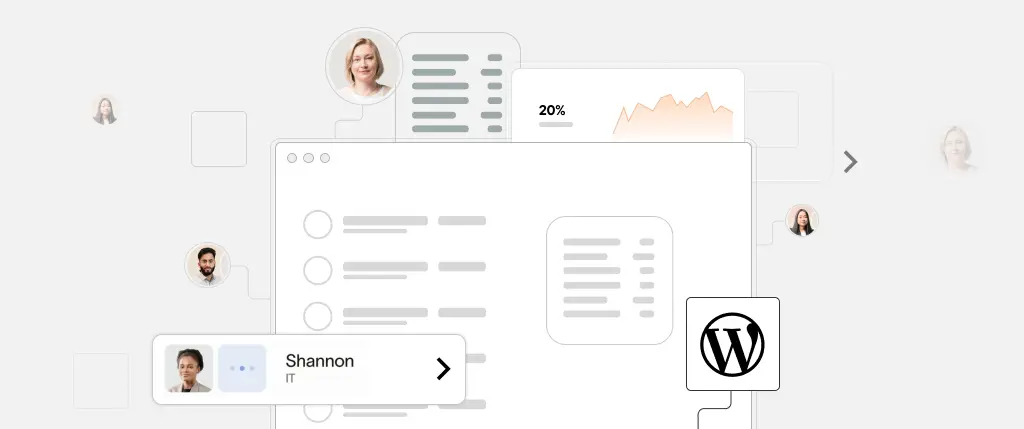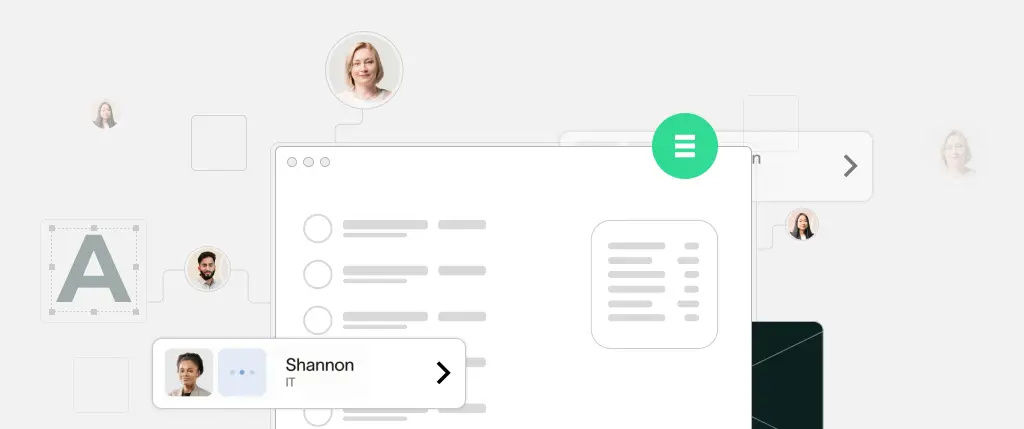E-waste is a big problem. And for anyone working in technology, small habits can have larger-scale consequences that add to the enduring problems against climate change.
Knowing the problem is a great start. Globally, 2023 saw 61 million metric tonnes of e-waste, which could rise to 75 million metric tonnes by the end of the decade. Device throwaways produce greenhouse gases while daily usage contributes hugely to carbon emissions.
But solutions can be achieved through nifty tweaks in web design and hosting decisions to limit the number of resources we use up, while also increasing efficiency. With social governance an extension to the sustainability issue, user experience (UX) design goes beyond reducing a carbon footprint, achieving greater accessibility, transparency and prioritising the security of a user’s private data too.
How websites increase carbon emissions
Technological products and services impact the environment mostly through their vast scale. Data centres operating around the clock, around the globe, are huge offenders of carbon emissions alone. The internet accounts for an estimated 3-4% of emissions worldwide – as much as some countries!
We all personally, at work or at leisure, add to this growing number through increments. Even sending one email with an image attached can emit up to 50 grams of CO2 or equivalent greenhouse gases. And despite digitally-advanced companies looking to solve a range of efficiency challenges, the average website produces 0.8 grams of CO2 per page view. With hundreds of thousands (or perhaps more) page views a year, that’s a staggering number.
Combining the output of every website and every smartphone user, that number is even more unthinkable. The main energy drains will be obvious to UX designers – large high-resolution images and videos, broken links, outdated code and plugins, too many font sizes – as these slow loading speeds and use up unnecessary effort (both human and digital), as well as costs.
Reduction by design
However, the role of UX for a website aims to increase web performance by design while slowly cutting these carbon emissions in the process. In simplifying navigation for web users, it saves energy from needlessly clicking through unwanted web pages. Streamlining developers’ backend workflows reduces energy wastage through more efficiency, and a change in data architecture can help focus resources where they are needed.
Headless CMS, for instance, makes crafting personalised content easy across multiple platforms, using APIs to pull from backend functionality. Caching and the use of localised content delivery network (CDN) can save server costs and avoid unnecessary page visit re-downloads, speeding up sites for far greater performance and simultaneously making the end user happier.
Steps to sustainable hosting
Having an upfront plan can stand an agency in great stead to reduce its website’s carbon footprint.
Checking your footprint
A free carbon calculator tool can help an agency aware of the extent of their website’s emissions, with further analysis also available.
Green hosting
Who you host with matters! Many are committed to being powered by clean or renewable energy. Certified B Corporations are those recognised for adhering to environmental and social governance standards.
Conduct a digital audit
Check your site speed to identify where file optimisation improvements can be made in your CMS, or where to remove large files and bits of code that eat up energy.
Stick to a content plan
What sounds simple can have dramatic effects. Creating every webpage, image, widgets or template uses valuable time and resource. Focusing only on the most purposeful content benefits for both agencies and their customers.
Adjust workflows
Consider new agile workflows or web hosting platforms to help teams collaborate and reduce unnecessarily spent energy on duplicated work.
Honesty through UX
Being transparent about data privacy agreements and making navigability easier to see and understand increases accessibility.
Elsewhere, search engine optimisation assists sustainability efforts. Users can more quickly find what they’re looking for without browsing endlessly throughout the internet, able to find high-ranking sites. By optimising SEO through metadata, site speeds are faster and more efficient, helping businesses scale up in a sustainable way.
Implementing honesty and accessibility through UX design is a just cause to build brand loyalty. But it works in tandem to resolve efficiency issues in both the backend workflow and the content layer, which is a win-win. Each of these small steps adds value to the social user experience while limiting the current scale of carbon emissions.
Green web hosting and design is possible now, as we see more improvements being implemented around the world. Here’s to a more sustainable future through UX!




